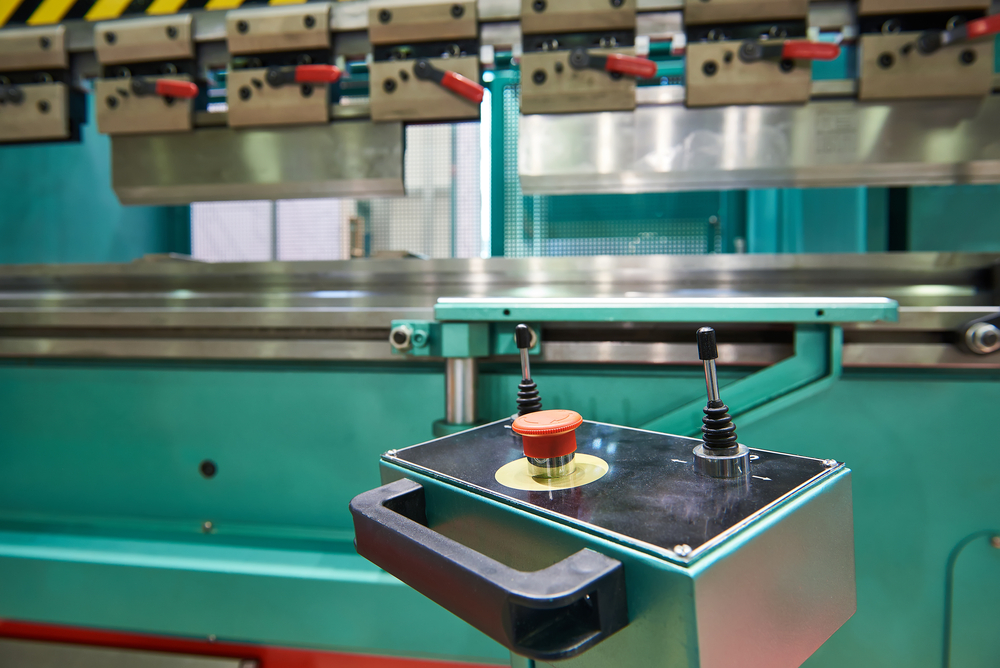A robot that has been properly programmed for the task, equipped with the proper gear and positioned safely and effectively and boost the productivity of a press by a large margin. Here is a look at some of the most important things to take note of when employing a robot for press tending during aluminium fabrication and steel fabrication.
Important considerations when choosing a robot
Many factors play into selecting a robot for your press tending needs. Narrowing down to three of the more prominent features to consider, size, flexibility and mounting options stand out.
- Size of the robot: The size of the robot determines how heavy a part the robot can handle. Proper calculations should be made to determine moment and inertia when the parts are being handled by the robot to ensure it does so safely. As an added measure, the weight of the end-of-arm tooling must also be factored into the calculations. Moreover, the inertia generated by the gripper must also be included in the inertia calculations.
- The flexibility of the robot: When it comes to flexibility your options include a four-axis manipulator and a six-axis manipulator. When you need to reorient parts between presses, opting for a six-axis manipulator is the way to go. The robot can be programmed to manipulate and adjust parts between stations. If you do not require your parts to be oriented properly, the cheaper four-axis robot is recommended.
- Mounting options: The robot should be mounted in order to provide maximum access to the press without hindering operator access. This is usually done by locating the robot above or next to the die to ensure that the robot can access the die easily and safely. Mounting options are also determined by the amount of space available or a lack thereof. You might want to mount the robots off to the side on shelves or platforms to conserve space.
Types of End-of-arm Tooling
The tooling fitted at the end of the arm determines what the robot can be customized to do. Some of the options include:
- Vacuum Grippers: Sheet metal press tending applications involve loading the press or unloading by using vacuum grippers extended from the wrist of the robot. Because the grippers form to the part they attach on to, they are considered to be the most forgiving type of end-of-arm tooling. Moreover, to maximize flexibility in terms of operation, you should consider getting a vacuum gripper that lets you adjust the spacing between the vacuum cups.
- Mechanical Grippers: For the purposes of removing individual parts from a press, you should consider getting a mechanical gripper. They are especially useful in cases where the part cannot be moved with vacuum grippers due to various reasons.
- Magnetic Grippers: Magnets are another option for stacking and destacking purposes in stainless steel fabrication. They are less popular than the others because they do not offer the same level of flexibility as offered by the vacuum grippers. In addition to this, they are much heavier and add extra weight to the end-of-arm-tooling.
Other applications
Much like the press tending, the advantages of a robot can even be expanded into other processes in the metal fabrication industry such as metal bending, metal rolling and laser cutting purposes.










